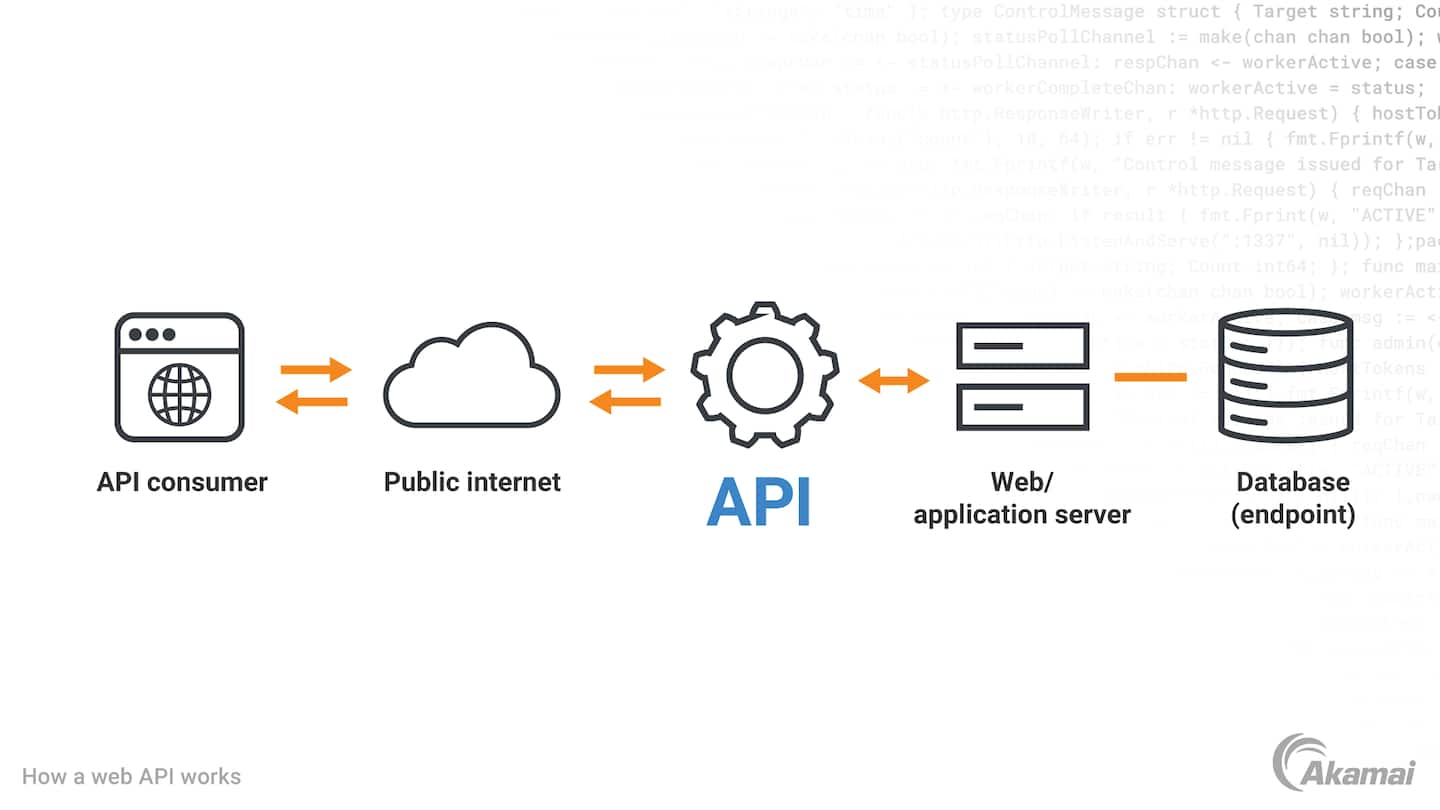To understand the importance of the Simple Object Access Protocol (SOAP), it’s necessary to know what came before it and the problems its creators set out to solve. SOAP enables two or more applications, built in any language and running on any platform to exchange data and procedure calls across virtually any kind of network. This may not seem so special in 2022, but there was a time when the very idea of such interoperability would have seemed like science fiction.
Getting two or more computer systems to communicate and interoperate is a challenge that goes back at least to the early 1960s. And while many innovative developments made it incrementally easier to achieve this goal, by the 1990s, many industry insiders had reached the conclusion that a radical change was needed. Interfaces between applications were either custom-coded or built using cumbersome proprietary middleware products. Companies spent fortunes and person-years managing these fragile connections and buying connector sets.
The answer was for the major industry players to come together and agree upon a set of open standards for application integration, data exchange, and interoperation. By 1998, these standards had come into existence and were ratified by the Internet Engineering Task Force (IETF). In addition to SOAP, these so-called “web services standards” included Web Services Description Language (WSDL), which describes how a SOAP web service works, and Universal Description, Discovery, and Integration (UDDI), which is a format for a SOAP web service directory.
SOAP and its accompanying web services standards became the foundation for an entire generation of dominant enterprise technologies. The web services standards were the basis for the massive, entirely new Microsoft .NET framework, the Oracle PeopleSoft platform and portfolio, IBM’s WebSphere integration platform and portfolio, SAP NetWeaver, and others. They represented a profound revolution in software development, application integration, and enterprise architecture.


